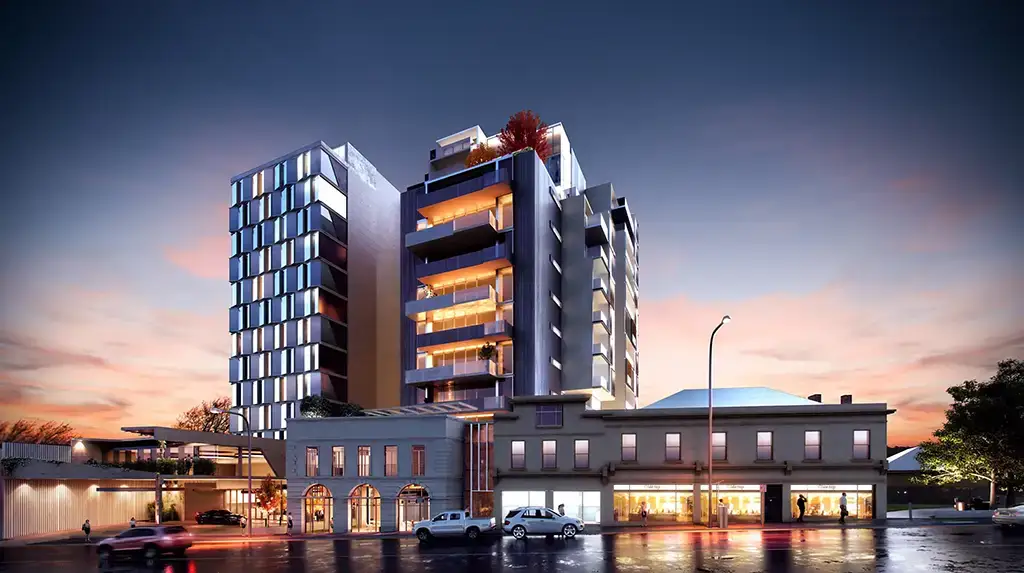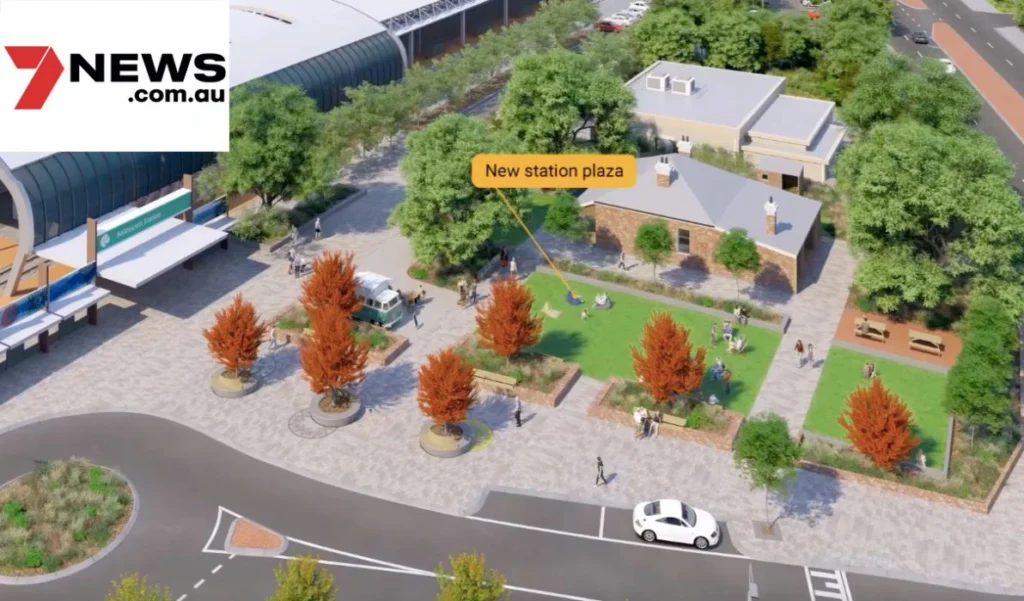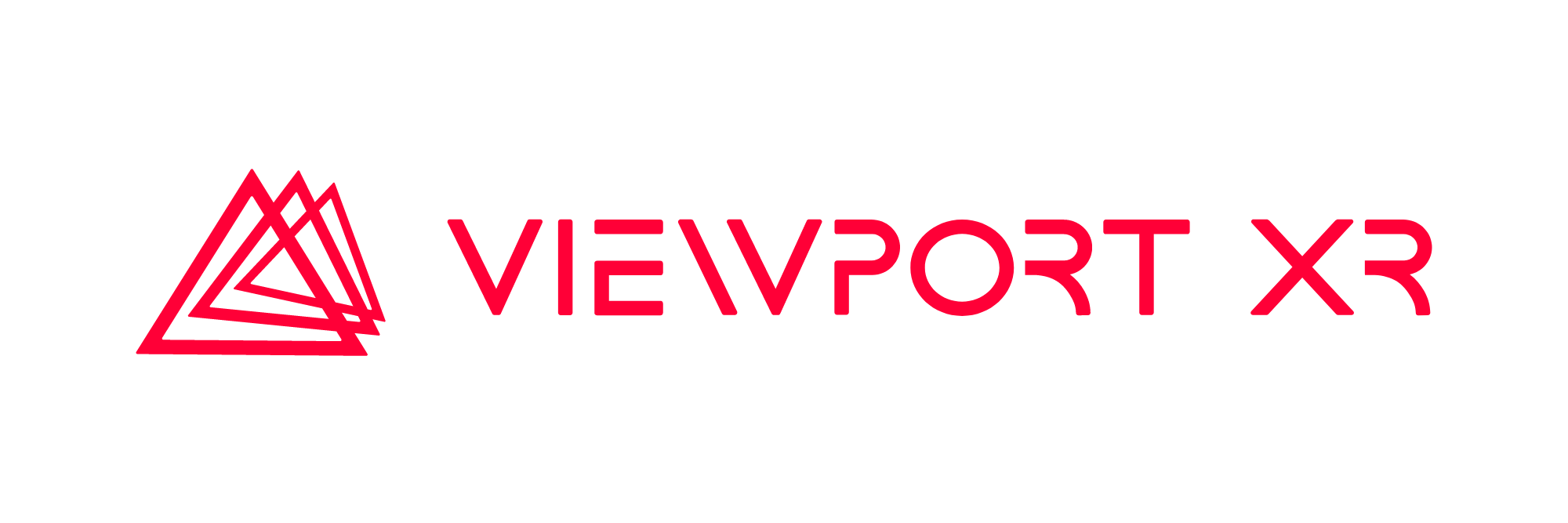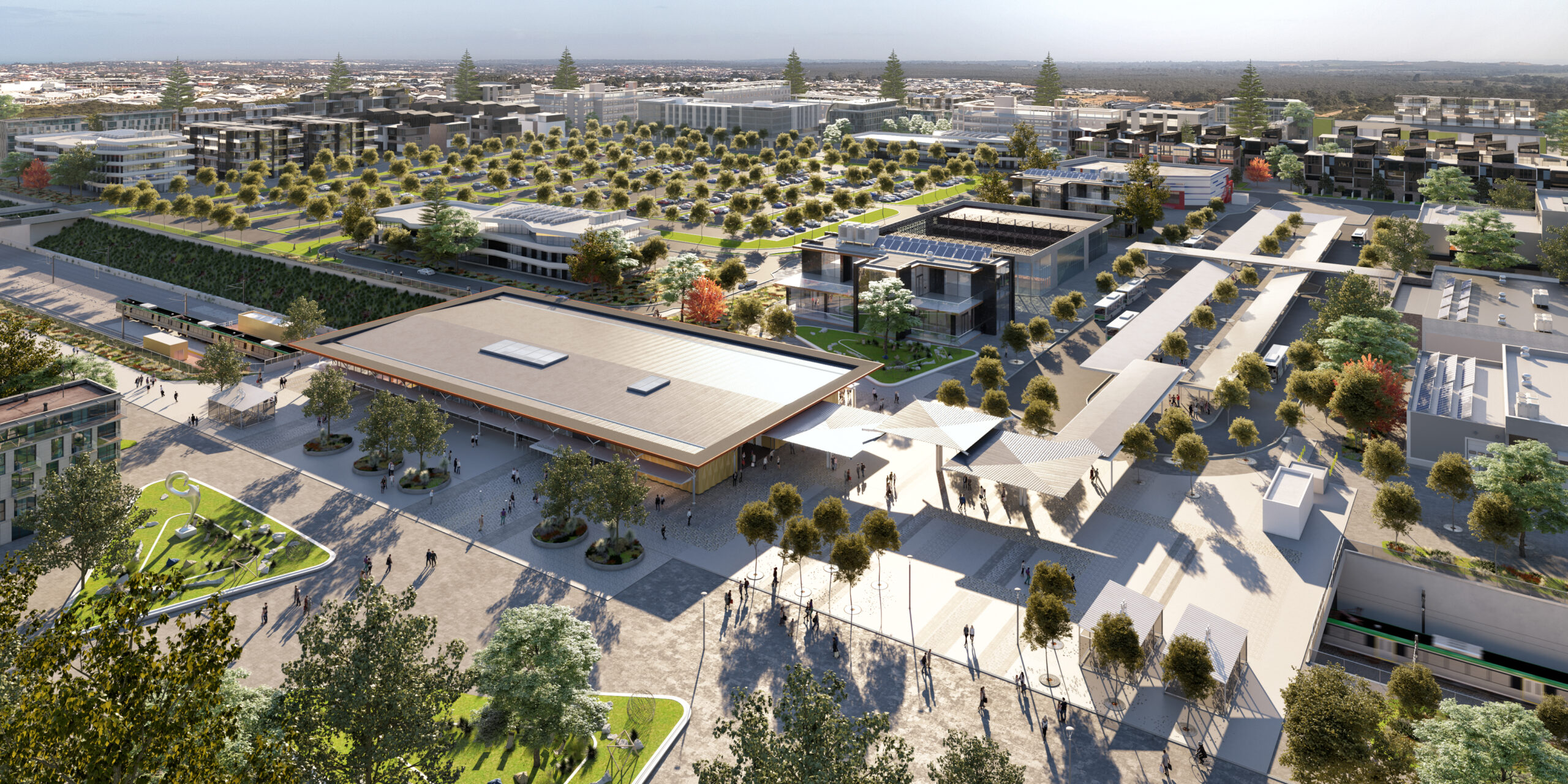Major Infrastructure
Augmented Reality for Major Infrastructure

Virtual Reality for Major Infrastructure
“Many benefits are drawn from VR in [major infrastructure developments], like saving time and money at different stages of product development. But the gains are not just quantitative, but also qualitative like improving process and product quality, fostering innovation mindset and refining the worker’s skills.”

Success with Immersive Tech in Major Infrastructure
METRONET
Since 2019, Viewport has worked on over $1M of 3D Visualisation Services directly related to rail for the Western Australian METRONET project. We have completed works on 16 large scale separate construction, redevelopment or expansion projects for rail, working closely with Coniglio Ainsworth, McConnell Dowell, Georgiou Group, Arcadis, BG&E, CPB Contractors, Downer and CIMIC, among many others.
For these rail related projects we have delivered over 100 high-resolution images, over 20 high definition animation projects totalling over 60 minutes worth of content, including a range of high quality completed construction fly-throughs for public consumption, and a massive selection of complex 4D animated staging sequences for stakeholder and community engagement. On top of this our team has also created a range of disruptive technology solutions for community engagement, such as AR and VR.
Our highly experienced team is well versed in communication and terminologies with all client side disciplines involved, our well documented systems and processes for importing and optimising complex design files from a range of sources is extremely advanced, and we thoroughly understand the importance of the narrative in these forms of media when used for public or stakeholder consumption.
To this date we continue to work on and win additional tenders related to rail projects, expanding our client base and continuing to deliver content that is far above the standard being delivered around Australia for these forms of work.

